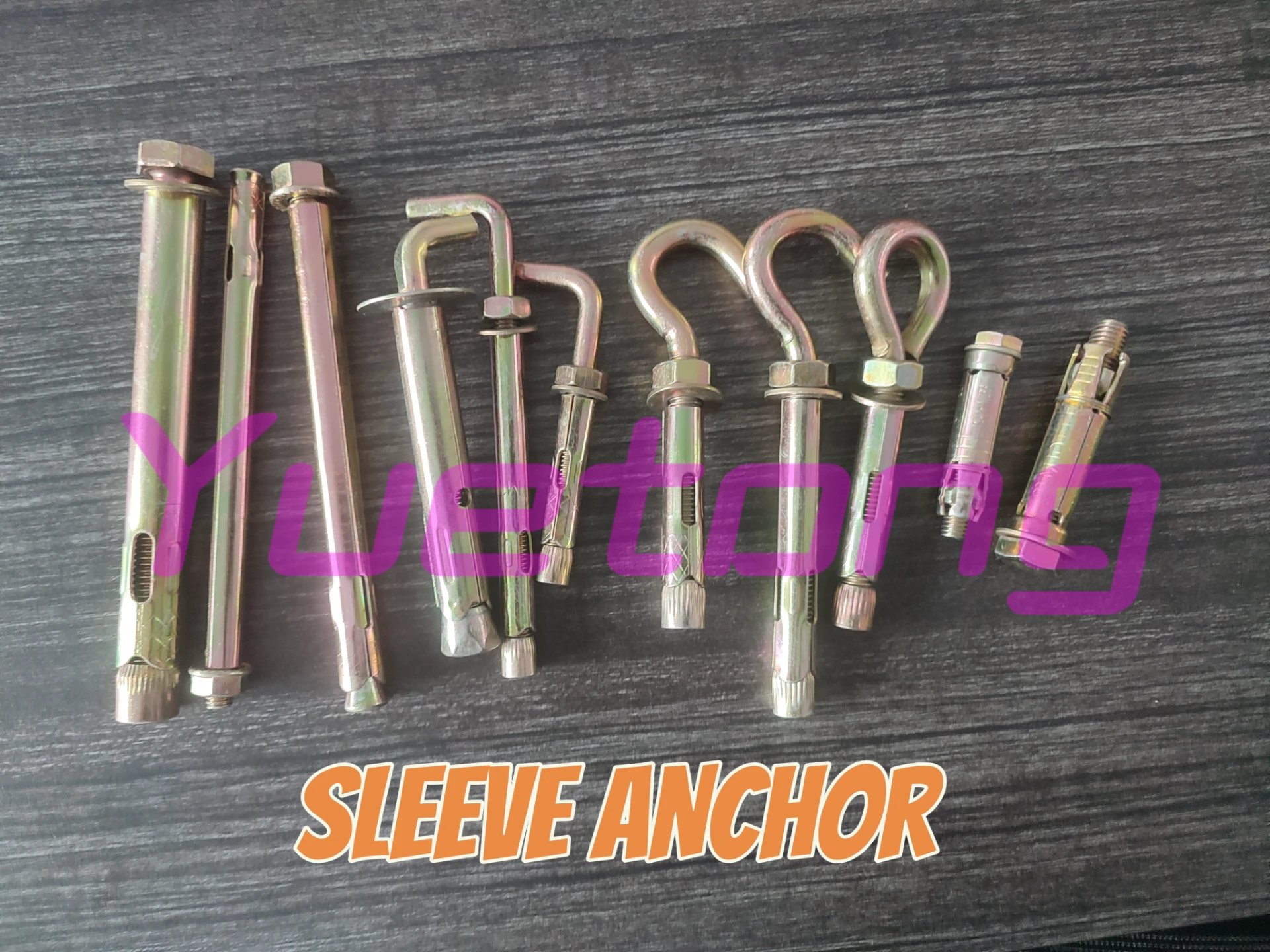Nov . 15, 2024 21:22 Back to list
choosing the right screw
Choosing the Right Screw A Comprehensive Guide
When it comes to assembling projects, whether in construction, woodworking, or DIY tasks, selecting the right screw is crucial to ensuring strength, longevity, and stability. While screws may seem like a simple component, their variety and specific applications can be overwhelming. This article aims to demystify the process of choosing the right screw for your needs.
Understanding Screw Types
Screws come in various types, each designed for specific functions. The most common types include wood screws, machine screws, sheet metal screws, and self-tapping screws. Wood screws, characterized by their sharp point and coarse threads, are ideal for joining pieces of wood. Machine screws, on the other hand, are designed for fastening metal parts and may require a nut for securing. Sheet metal screws are specifically crafted for fastening metal sheets, while self-tapping screws can create their own hole in materials like plastic or thin metal.
Consider the Material
The material of the screw itself is also essential to consider. Screws can be made from steel, stainless steel, brass, or plastic, each offering different levels of strength and resistance to corrosion. For outdoor projects or in environments susceptible to moisture, stainless steel screws are often recommended due to their resistance to rust. Conversely, brass screws may be more suitable for applications where appearance is key, as they offer an attractive finish.
Thread Design
The design of the screw threads plays a crucial role in its performance. Coarse threads provide better holding power in soft materials like wood, while fine threads make for a tighter fit in harder materials such as metal. Additionally, some screws feature specialized thread designs, like twinfast threads which enhance the grip and speed up driving.
choosing the right screw

Length and Diameter
When selecting a screw, the length and diameter also matter. Choosing a screw that's too long may cause damage to the material, while one that’s too short might not provide enough holding power. As a rule of thumb, the screw should penetrate the base material adequately — typically at least 1.5 times the thickness of the material being fastened.
Head Styles
Screw head styles impact both functionality and aesthetics. Common types include flat, round, pan, and hex heads. Flat heads are suitable for countersinking, allowing for a smooth surface, while round heads can provide a greater surface area for holding. Hex heads are ideal for driving with a wrench rather than a screwdriver, making them useful for heavy-duty applications.
Special Features
Certain screws come with additional features designed to enhance their performance. For instance, screws with built-in washers can distribute loads more evenly, preventing pull-through in soft materials. Some screws also have coating finishes that offer increased durability or resistance to chemicals.
Conclusion
In conclusion, choosing the right screw is not merely a matter of picking a random option from the hardware store. It requires consideration of the type, material, thread design, length, diameter, head style, and any special features necessary for your specific application. By taking the time to understand these factors, you can ensure that your project is built to last and performs as intended. Whether you’re a professional tradesperson or a weekend DIY enthusiast, making informed choices will save you time, effort, and resources in the long run.


